
On a Friday in spring what better than branching out – we had jokes at the beginning of the week, might as well end the week with a(n imitation) Dr. Seuss tale. Uplifting it shall be, just as the branches lift themselves into the light. Happy spring, everyone!

To be read in the Dr. Seuss cadence!
In a land where the states are united, they claim,
In a sky-scraping tower adorned with his name,
Lived a terrible, horrible, devious chump,
The bright orange miscreant known as the Trump.
This Trump he was mean, such a mean little man,
With the tiniest heart and two tinier hands,
And a thin set of lips etched in permanent curl,
And a sneer and a scowl and contempt for the world.

He looked down from his perch, and he grinned ear to ear,
And he thought, “I could steal the election this year!
It’d be rather simple, it’s so easily won,
I’ll just make them believe that their best days are done!
Yes, I’ll make them believe that it’s all gone to Hell,
And I’ll be the Messiah, and their souls they will sell.
And I’ll use lots of words disconnected from truth,
But I’ll say them with style, so they won’t ask for proof.
I’ll toss out vague platitudes, phrases, and such.
They’re so used to fake news that it won’t matter much!
They won’t question the how, the what, why, or when,
I will make their America great once again!”
 The Trump told them to fear, they should fear he would say,
The Trump told them to fear, they should fear he would say,
“They’ve all come for your jobs, they’ll all take them away.
You should fear every Muslim and Mexican too,
Every brown, black, and tan one, everyone who votes blue.”
And he fooled all the Christians, he fooled them indeed,
He just trotted out Jesus, that’s all Jesus-folk need.
And celebrity preachers, they all crowned him as king,
Tripping over themselves just to kiss the Trump’s ring.

And he spoke only lies, just as if they were true,
Until they believed that the lies were true too.
He repeated and Tweeted, and he blustered and spit,
And he misled and fibbed—and he just made up shit.
And the media laughed, but they printed each line,
Thinking “He’ll never win, in the end we’ll be fine.”
So they chased every headline, bold-typed every claim,
‘Till the fake news and real news, they looked just the same.
 And the scared folks who listened, they devoured each word,
And the scared folks who listened, they devoured each word,
Yes, they ate it all up, every word that they heard,
Fearing their status was under attack,
Trusting the Trump to take their America back.
From the gays and from ISIS, he’d take it all back,
Take it back from the Democrats, fat cats, and blacks.
So hook, line, and sinker they all took the bait,
All of his lies about making America great.
Now the Pant-suited One she was smart and prepared,
She was brilliant and steady, but none of them cared.
They cared not to see all the work that she’d done,
Or the fact that the Trump had not yet done Thing One.
They could only shout “Emails!”, yes “Emails!” they’d shout,
Because Fox News had told them—and Fox News had clout.
And the Pant-suited One, she was slandered no end,
And lies became truths she could never defend.
And the Trump watched it all go according to plan—
A strong woman eclipsed by an insecure man.
 And November the 8th arrived, finally it came,
And November the 8th arrived, finally it came,
Like a slow-moving storm, but it came just the same.
And Tuesday became Wednesday, as those days will do,
And the night turned to morning, and the nightmare came true,
With millions of non-voters still in their beds,
Yes, the Trump, he had done it, just like he had said.
And the Trumpers they trumped, how they trumped when he won,
All the racists and bigots, deplorable ones,
They crawled out from the woodwork, came out to raise Hell,
They came out to be hateful and hurtful as well.
With slurs and with road signs, with spray paint and Tweets,
With death threats to neighbors and taunts on the street.
And the grossest of grossness they hurled on their peers,
While the Trump, he said zilch—for the first time in years.
 But he Tweeted at Hamilton, he Tweeted the Times,
But he Tweeted at Hamilton, he Tweeted the Times,
And he trolled Alec Baldwin a few hundred times,
And he pouted a pout like a petulant kid,
Thinking this is what Presidents actually did,
Thinking he could still be a perpetual jerk,
Terrified to learn he had to actually work,
Work for every American, not just for a few,
Not just for the white ones—there was much more to do.
He now worked for the Muslims and Mexicans too,
For the brown, black, and tan ones, and the ones who vote blue.
They were all now his bosses, now they all had a say,
And those nasty pant-suited ones were still here to stay.
And the Trump, he soon realized that he didn’t win,
He had gotten the prize—and the prize now had him.
And it turned out the Trump was a little too late,
For America was already more than quite great,
Not because of the sameness, the opposite’s true,
It’s greatness far more than just red, white, and blue,
It’s straight, gay, and female—it’s Gentile and Jew,
It’s Transgender and Christian and Atheist too.
It’s Asians, Caucasians of all different kinds,
The disabled and abled, the deaf and the blind,
It’s immigrants, Muslims, and brave refugees,
It’s Liberals with bleeding hearts fixed to their sleeves.
And we are all staying, we’re staying right here,
And we’ll be the great bane of the Trump for four years.
And we’ll be twice as loud as the loudness of hate,
Be the greatness that makes our America great.
And the Trump’s loudest boasts, they won’t ever obscure:
Nearly three million more of us—voted for her.
Written by H. Blair, a teacher in Bellevue, WA; edited by R. Green and A.Vizinho
Make America Sane Again.

And here is the last of the Fruehlingslieder…. https://www.youtube.com/watch?v=MHmzzu4FAnM





 Photographs of warblers in the Columbia Gorge last week.)
Photographs of warblers in the Columbia Gorge last week.)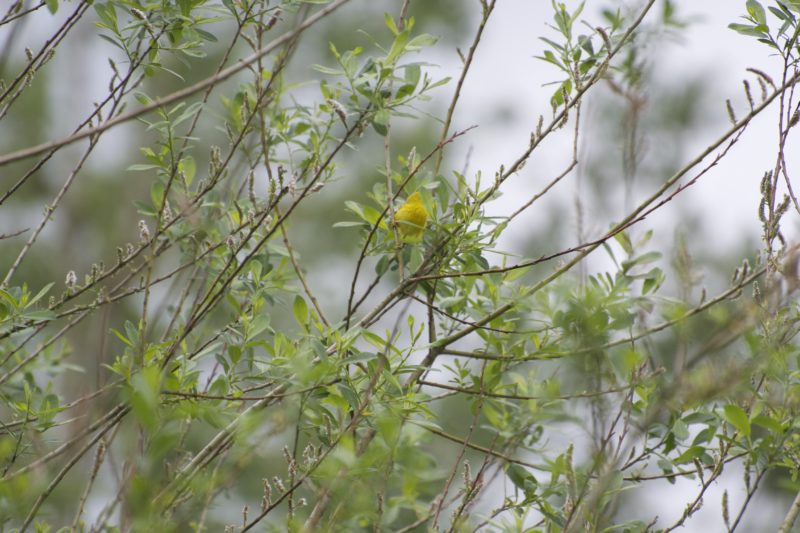
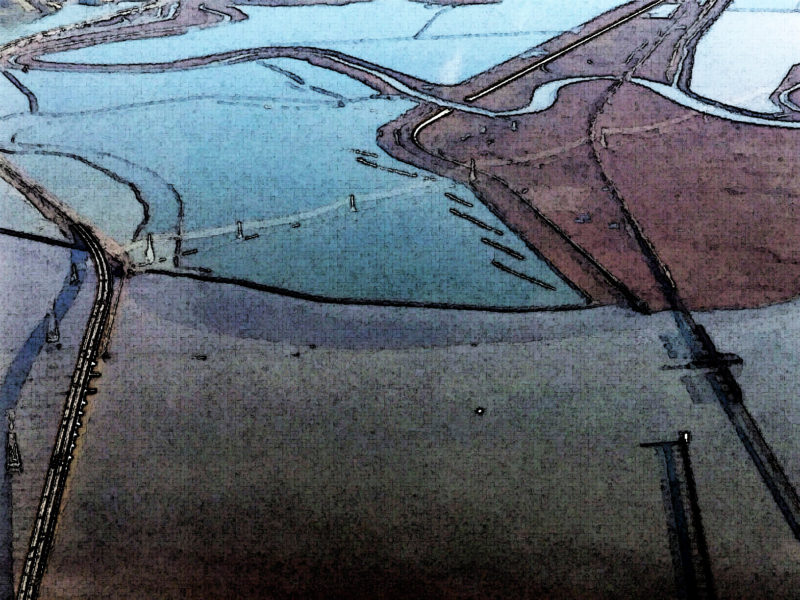
 In an airplane, I just point my iPhone to things that look interesting, through the usually smudged and wet windows. (These images are from approaching SFO and put through a watercolor filter.)
In an airplane, I just point my iPhone to things that look interesting, through the usually smudged and wet windows. (These images are from approaching SFO and put through a watercolor filter.)






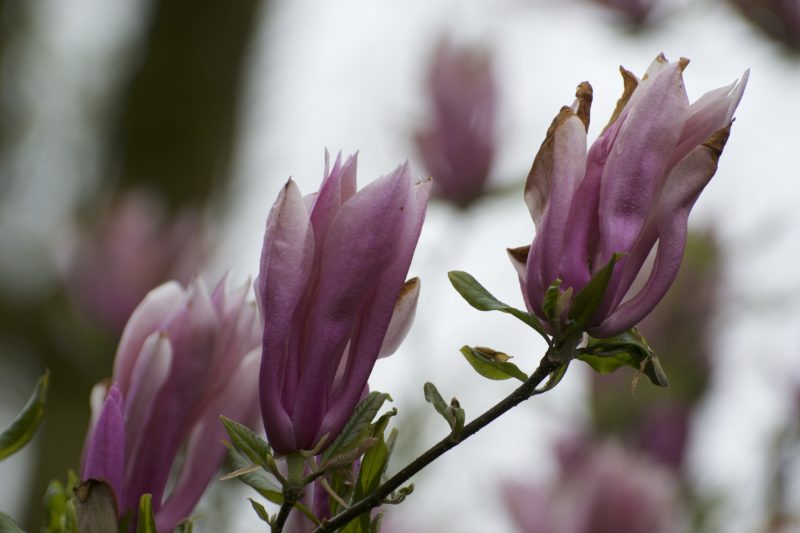



 The Trump told them to fear, they should fear he would say,
The Trump told them to fear, they should fear he would say,
 And the scared folks who listened, they devoured each word,
And the scared folks who listened, they devoured each word, And November the 8th arrived, finally it came,
And November the 8th arrived, finally it came, But he Tweeted at Hamilton, he Tweeted the Times,
But he Tweeted at Hamilton, he Tweeted the Times,
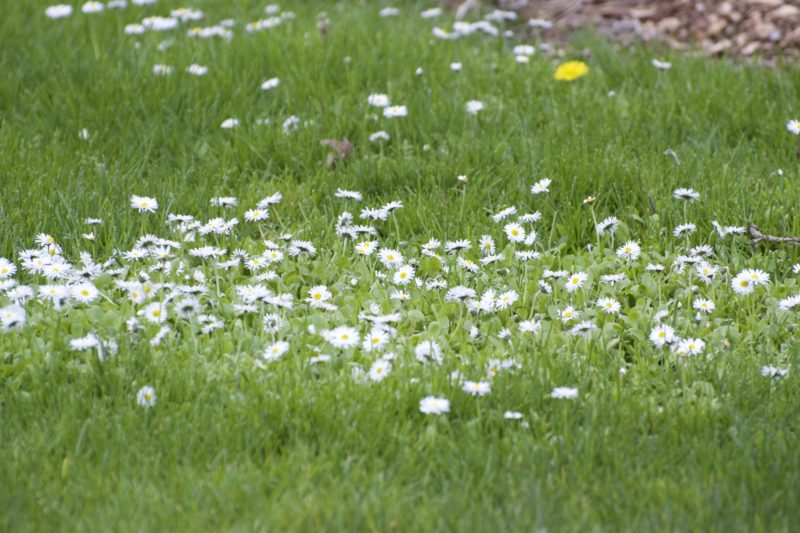















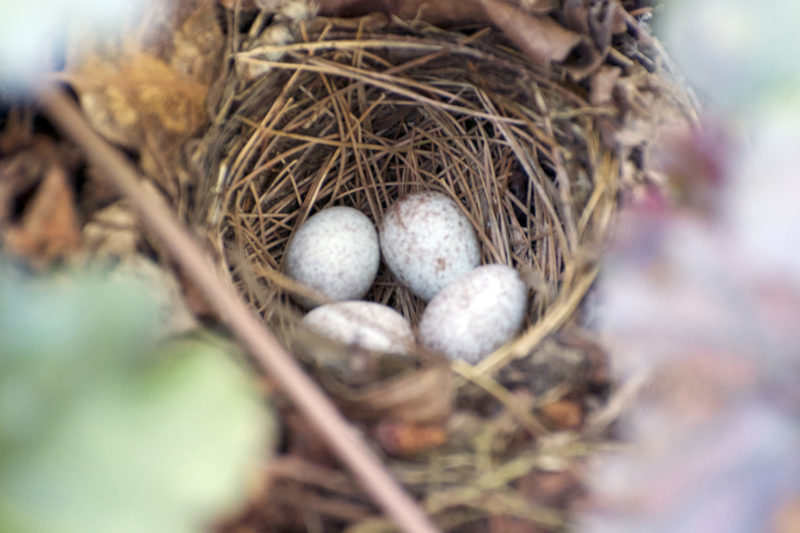







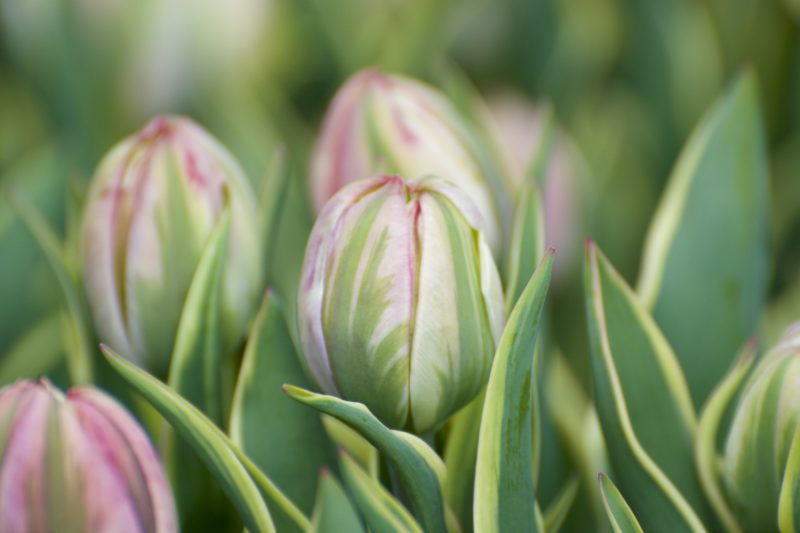



















 But I digress. Cacti it shall be today, in all their comforting beauty. And their bloom in the wild.
But I digress. Cacti it shall be today, in all their comforting beauty. And their bloom in the wild.


















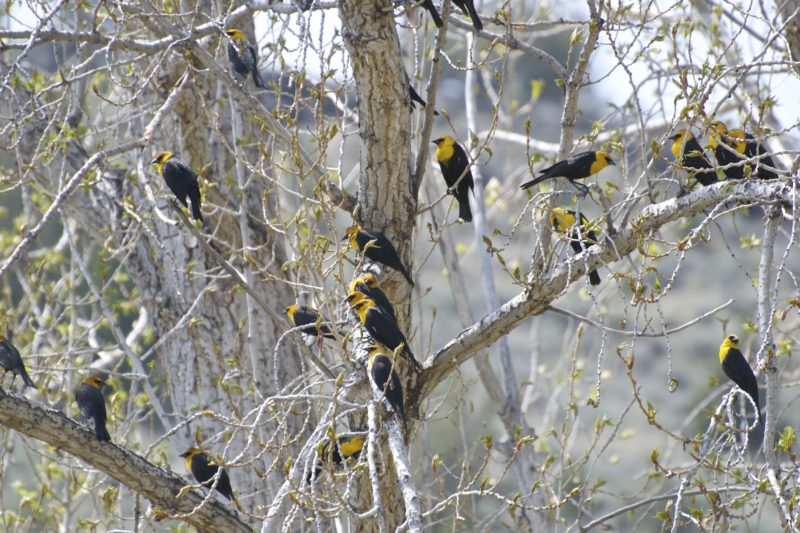


 He captured, in my opinion, an idealized version of what is really a harsh environment around the Steen Mountains. Part desert, part mountain wilderness, few interspersed water features that host 1000s of birds during migration, all combine to deliver astonishing beauty but also intense hardship for the few people who settle this landscape and try to make a living of it.
He captured, in my opinion, an idealized version of what is really a harsh environment around the Steen Mountains. Part desert, part mountain wilderness, few interspersed water features that host 1000s of birds during migration, all combine to deliver astonishing beauty but also intense hardship for the few people who settle this landscape and try to make a living of it.




 Part of what made it special are the many unfamiliar bird sounds that you hear there, including some birds that make music with its feathers – here is the sound of a common snipe
Part of what made it special are the many unfamiliar bird sounds that you hear there, including some birds that make music with its feathers – here is the sound of a common snipe 




